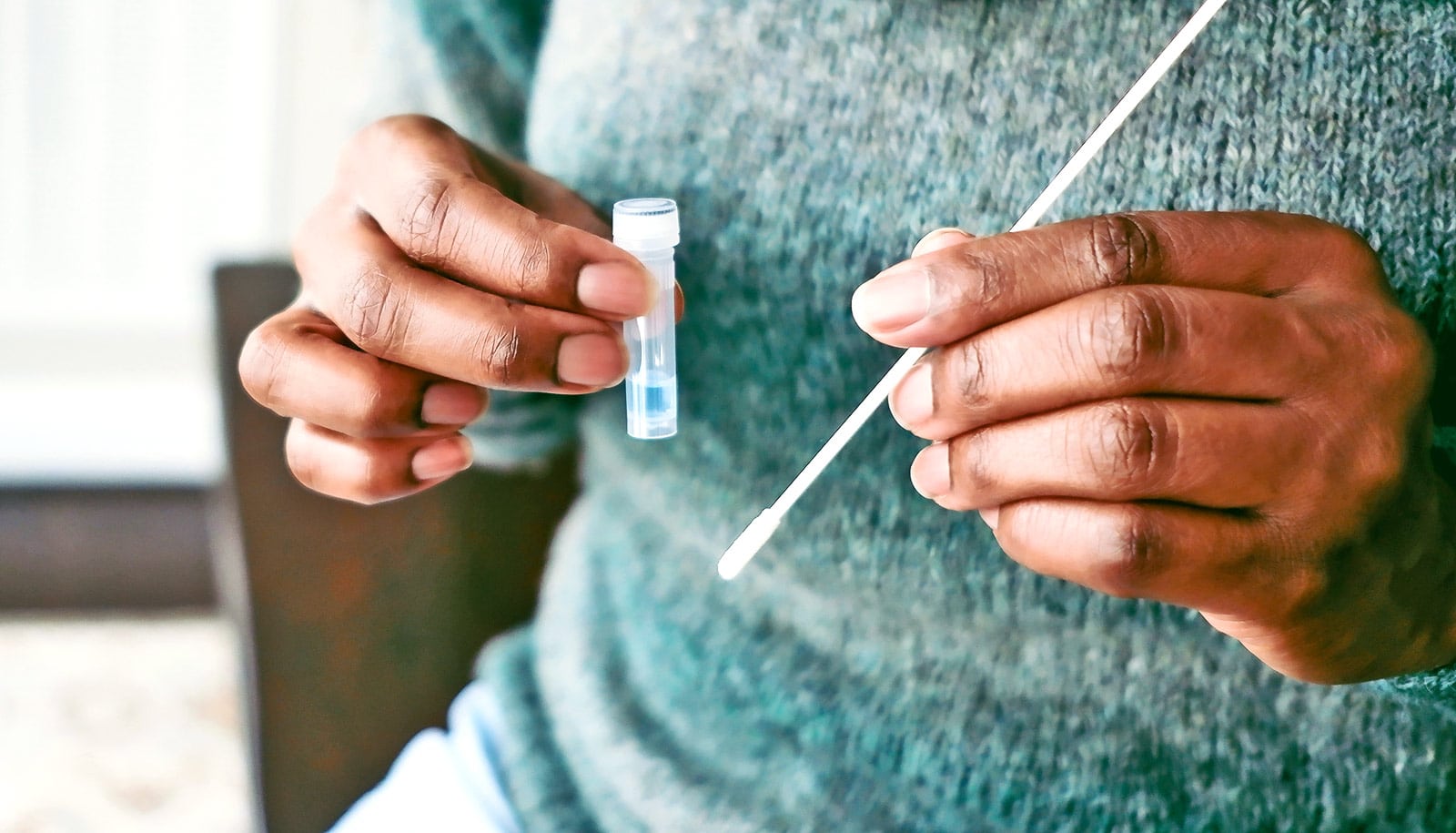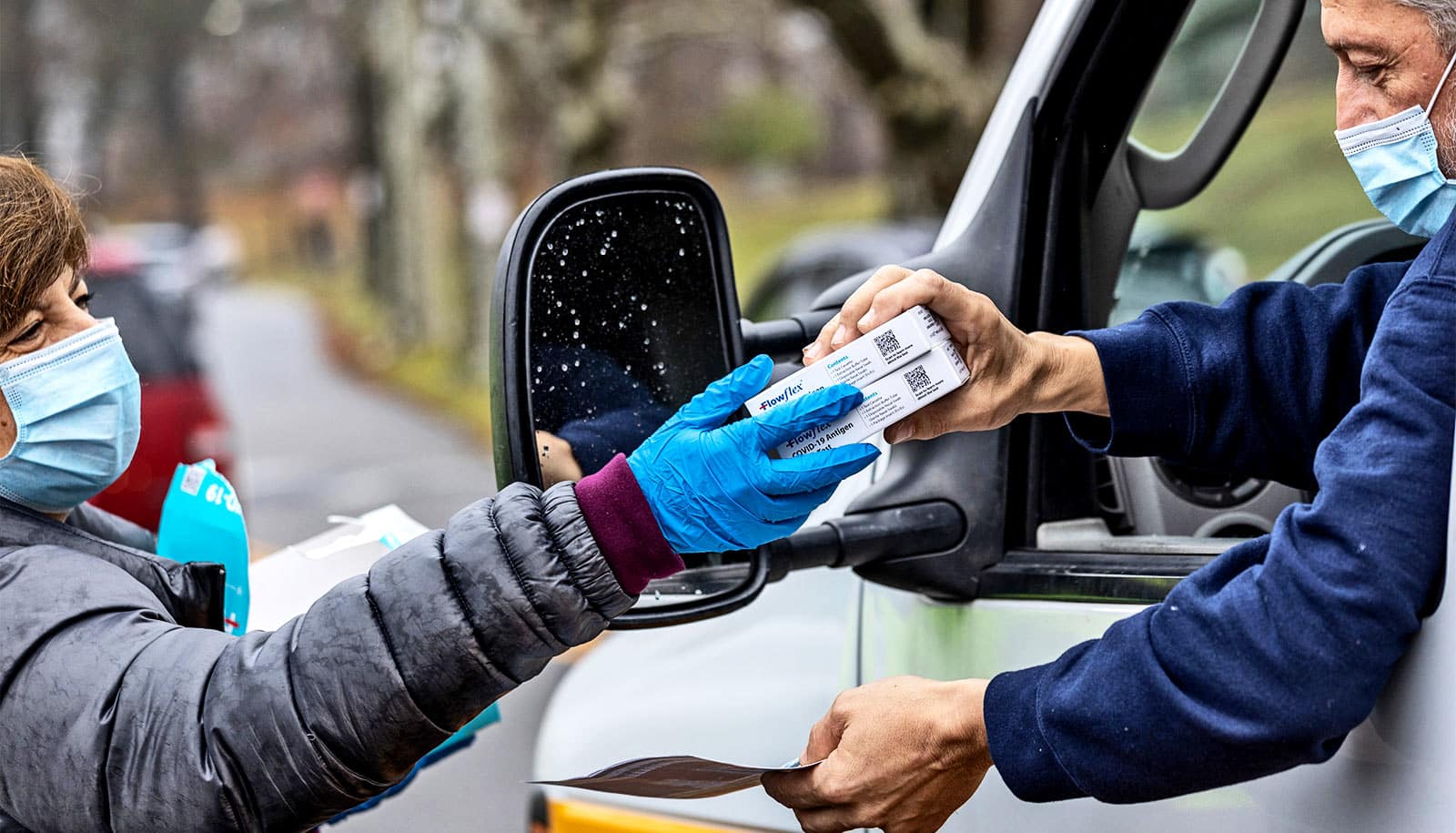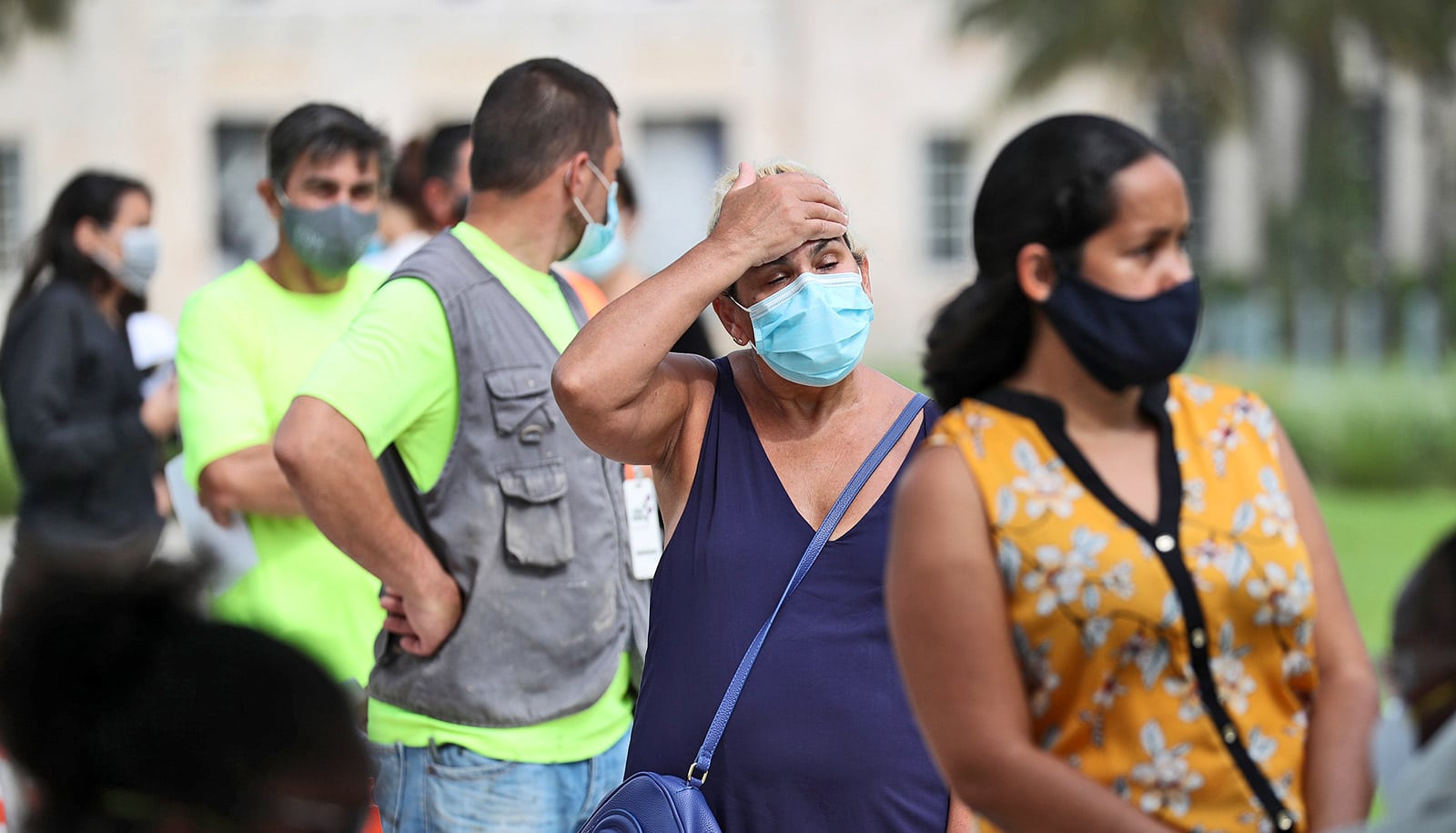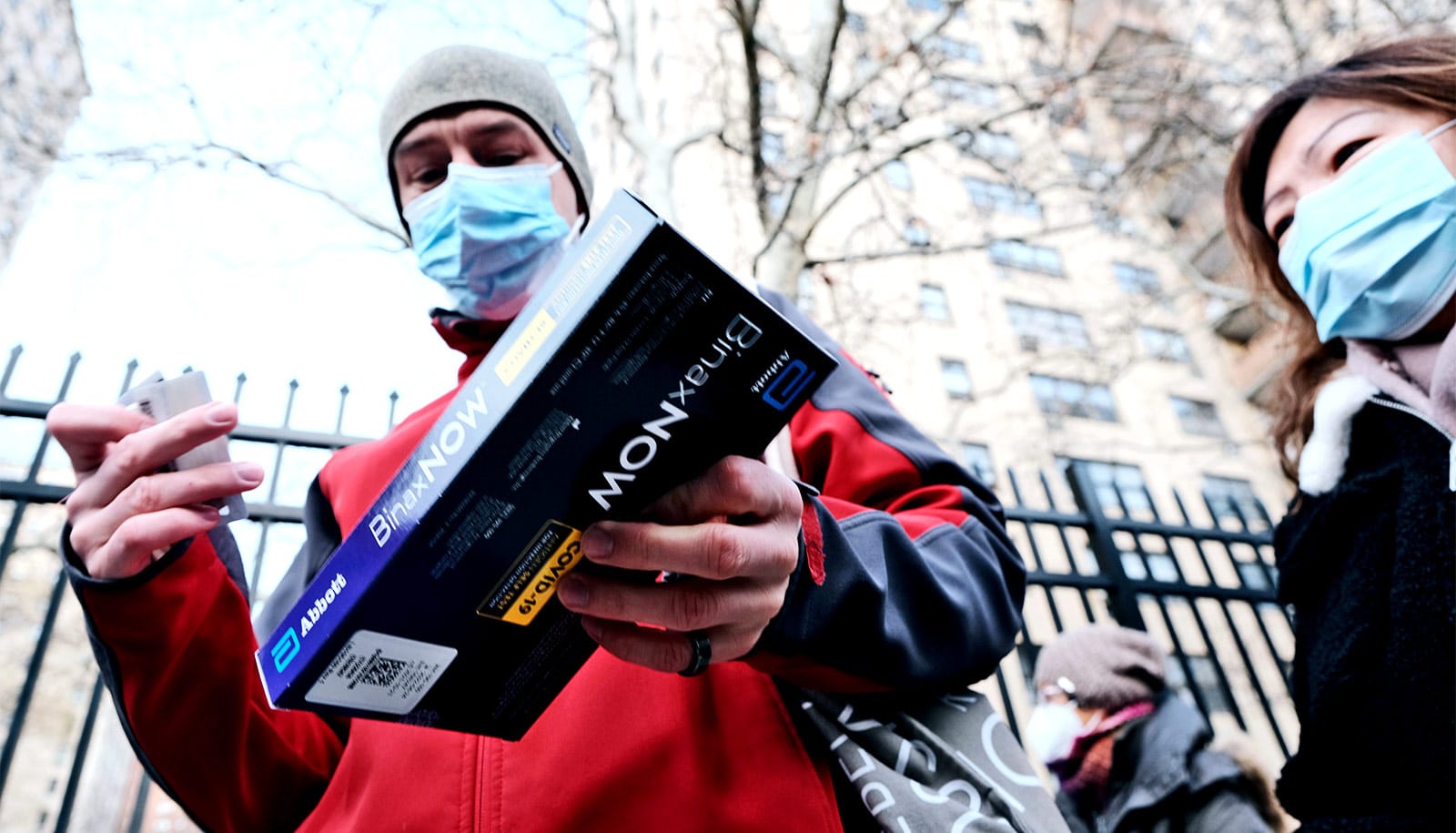Community-based groups can be more effective than health care organizations at expanding access to at-home COVID-19 tests in underserved communities, according to a new study.
In a survey of Black and Latino residents in four New Jersey communities with high rates of COVID-19 infection, community-based organizations (CBOs)—such as human service-focused nongovernmental organizations (NGOs)—were more effective than health care organizations (HCOs) at increasing awareness of at-home testing availability.
“Although the odds of completing an at-home COVID-19 test were higher for people recruited by HCOs, community-based organizations were significantly more effective at raising awareness of testing opportunities,” says Emily Barrett, an associate professor in the biostatistics and epidemiology department at Rutgers University and lead author of the study in the American Journal of Public Health.
“These results serve to reinforce the value of working with community partners to strengthen health outcomes,” Barrett says.
Little research has been done on strategies to enhance COVID-19 testing in underserved populations, where testing-site locations and hours of operation often serve as barriers to uptake, Barrett says. Moreover, no previous research has examined this issue in the context of at-home testing, she adds.
To fill these gaps, Barrett and colleagues, worked with four HCOs (including the Robert Wood Johnson University Hospital at Rutgers) and 18 CBOs—such as local chapters of the NAACP and the United Way—to develop the New Jersey Healthcare Essential Worker Outreach and Education Study—Testing Overlooked Occupations, or the NJ HEROES TOO program.
NJ HEROES TOO was created to expand access to COVID-19 testing in New Jersey counties with high poverty rates and disproportionate disease burdens.
As part of the project, Barrett and the team conducted a study to evaluate alternative approaches to promoting at-home testing. They asked partners from HCOs and CBOs to recruit Black and Latino people in their communities to complete an online questionnaire about their experiences with COVID-19. Partner organizations could use any means to promote the free testing program, such as social media campaigns and face-to-face interactions.
Respondents who completed the survey were given a code for a free at-home COVID-19 test through a third-party provider. Of the 2,415 eligible participants, 1,100 people completed questionnaires and CBOs recruited 94%. Of these, 404 participants (about 37%) requested COVID-19 tests, of which 234 (58%) were completed and returned.
The researchers note key disparities among those who took advantage of the free testing opportunity. Participants in poorer health or who experienced greater economic challenges during the pandemic were less likely to complete COVID-19 testing during the study. The opposite was true for people with public or no insurance, older adults, lower-income participants, and unvaccinated participants.
“Community-based organizations are very good at reaching people, but systems for getting at-home COVID-19 tests where they are needed are still lacking,” Barrett says.
“As the pandemic continues, we need to think about ways to enhance the COVID-19 testing process to reach people who may otherwise be left behind. Essential to that goal is helping HCOs and CBOs work together.”
The National Institutes of health funded the work.
Source: Rutgers University



